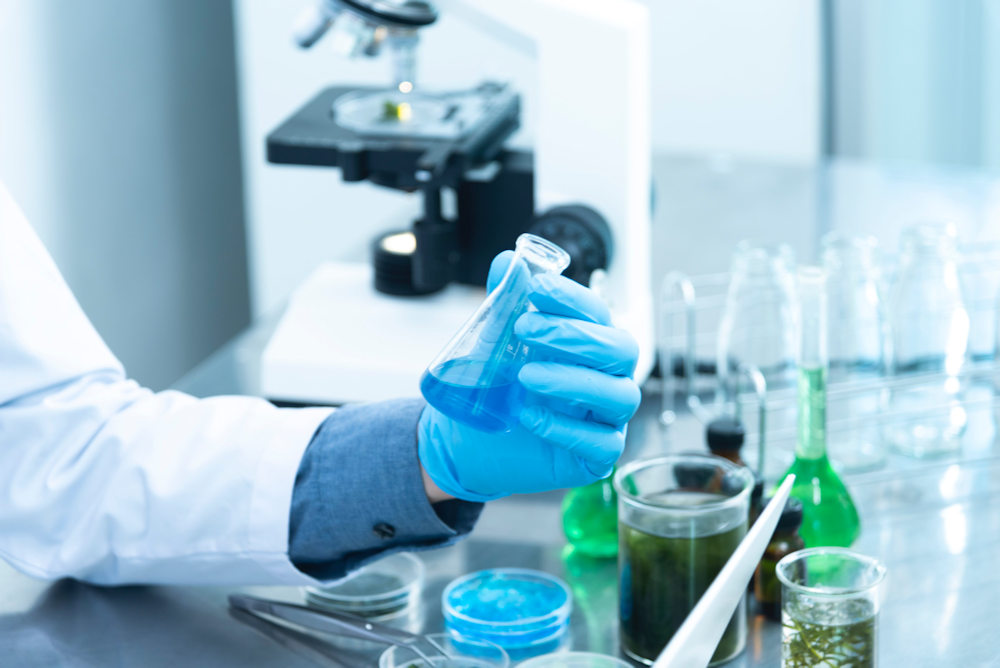Best Practices for Handling and Storage to Ensure Personnel Safety and Prevent Accidents
Chemicals are essential in any laboratory. They help to power groundbreaking discoveries, advances in science, and research that drives innovation. But with great power comes great responsibility, and it’s essential to handle these substances with care. Improper handling and storage of chemicals can lead to accidents, harmful exposure, and dangerous reactions. To ensure the safety of everyone in the laboratory and promote efficient research, it’s vital to follow the best practices for safe chemical handling and storage. These guidelines help to minimize risk and promote safety while enabling researchers to focus on their work.
Best Practices for Safe Chemical Handling
When working with chemicals in a laboratory, safety should always be your top priority. The substances could be hazardous, potentially causing harm to both yourself and others. By following some best practices, you can minimize the risk of accidents and ensure that you’re handling chemicals in a safe and responsible manner. From wearing the right protective equipment to using proper labelling and storage techniques, there are plenty of ways to promote safety in the laboratory.
Personal Protective Equipment (PPE)
The first line of defense against chemical exposure is personal protective equipment (PPE). PPE includes gloves, goggles, lab coats, and respirators. It is essential to wear the appropriate PPE when handling chemicals to protect against skin, eye, and respiratory irritants.
Chemical Compatibility
Chemicals should be stored according to their compatibility to prevent accidental mixing. Mixing chemicals can lead to unexpected reactions, such as the release of toxic gases or an explosion. The laboratory staff should be trained on how to identify incompatible chemicals and store them separately.
Proper Labelling
All chemicals should be properly labelled with the name of the substance, the date of receipt, and the expiration date. Labels should also include hazard information, such as flammability, toxicity, and reactivity. Proper labelling ensures that researchers and lab personnel can identify the chemical and its hazards before use.
Chemical Spills and Accidents
Accidents happen, and chemical spills are a common occurrence in a laboratory setting. In the event of a spill, lab personnel should know how to contain the spill safely. The laboratory should have a spill response plan in place, and all personnel should be trained on the proper procedures to follow in the event of a spill.
Best Practices for Safe Chemical Storage
The way chemicals are stored can have a significant impact on the safety of all in the laboratory, as well as the quality of the research. Improper storage can lead to spills, fires, and other dangerous incidents that can cause harm and disrupt scientific progress. By following some best practices for safe chemical storage, you can ensure that your chemicals are stored safely and securely, reducing the risk of accidents and promoting efficient research.
Ventilation
Chemicals should be stored in a well-ventilated area to prevent the buildup of toxic vapors. The laboratory should have a ventilation system in place to ensure adequate airflow. The ventilation system should be regularly maintained to ensure its effectiveness.
Storage Location
Chemicals should be stored in a designated storage area that is separate from the laboratory work area. The storage area should be secure, well-ventilated, and away from sources of heat, flame, or direct sunlight. The storage area should also be organized to facilitate the identification and retrieval of chemicals.
Shelving and Cabinets
Shelving and cabinets should be used to store chemicals, with each shelf or cabinet designated for a specific type of chemical. Shelving and cabinets should be sturdy and secure to prevent accidental spillage or breakage of chemicals.
Chemical Segregation
Chemicals should be segregated according to their compatibility. Incompatible chemicals should be stored separately to prevent accidental mixing. For example, flammable chemicals should be stored away from oxidizing agents, which can increase the risk of fire.


